2026 FIFA World Cup: Tickets On Sale & Secure Guide
2026 World Cup tickets timeline, pricing, step-by-step buying flows for individuals and resellers, plus troubleshooting & lawful proxy-backed price monitoring
Sep 11, 2025
Compare 2025’s best SERP trackers with reviews, setup, trial tips to improve SEO and reporting.
Tracking where your pages appear in search results is SEO basics — but the right SERP tracker depends on what you actually need: speed, volume, local accuracy, white-label reports, API access, or full SEO workflows.
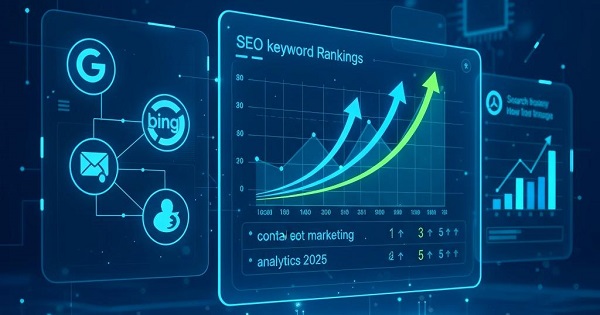
This guide combines evidence, hands-on test protocols, and practical templates so you can pick, test, and operationalize the best SERP tracker for your situation in 2025.
Enterprise / Agencies (speed & accuracy): AccuRanker
Budget & high-volume SMBs: Pro Rank Tracker
Agency + white-label + audits: SE Ranking
Full SEO suite (tracking + research): Semrush (Position Tracking)
Free/Self-Hosted/Open-Source: SerpBear
Free/Freemium Basics: SEO PowerSuite Rank Tracker
Local/Multilingual SEO: Nightwatch
Competitor Insights & Discovery: Ahrefs
A SERP tracker monitors where your pages rank for specific keywords over time and across devices/locations. Good trackers can:
This solves real user pain points like:
Algorithm Impact Detection: See which pages dropped after Google's 2025 updates, which emphasize AI-generated content and user intent.
Local & Mobile Optimization: For businesses, over 50% of searches are mobile—track city-level differences to fix visibility issues.
Opportunity Spotting: Identify competitor gains or low-competition keywords.
Time-Saving & Scaling: Automate manual checks; handle multiple clients with APIs.
Budget Constraints: Avoid overpaying for unused features in full suites.
Important: Ranking is a signal, not the full outcome. Always correlate rank movement with GSC/GA4 metrics (clicks, impressions, conversions) before making costly decisions. For freelancers or solo bloggers, this means focusing on high-impact keywords without overwhelming data. E-commerce sites benefit from multi-engine tracking (e.g., Amazon, YouTube), while international SEO pros need multilingual support to handle markets like LATAM or Asia.
Based on recent developments, SERP trackers are evolving with AI. Tools now track AI Overviews, LLMs like ChatGPT/Perplexity, predictive analytics for rank recovery, and content suggestion logic. For example, SE Ranking and Nozzle offer AI insights for SERP features, while emerging tools like Otterly monitor multiple AI search engines. Expect more predictive modeling—e.g., forecasting impacts from content tweaks—to become standard, helping you stay ahead in AI-driven search.
When comparing tools, validate these eight items during trials. Prioritize based on your type:
Enterprises/Agencies: Focus on accuracy, on-demand updates, API > pricing.
SMBs/Freelancers: Pricing, ease of use > advanced features.
E-commerce/International: Local/device granularity, multi-engine support > reporting.
1. Accuracy & update cadence — Daily checks are standard; on-demand for urgent diagnosis (e.g., post-update drops).
2. Local & device granularity — City/ZIP targeting + mobile and desktop emulation for precise local SEO.
3. SERP features tracked — Featured snippets, PAA, local pack, videos, images, AI Overviews.
4. Keyword volume & pricing — Plan limits, overage cost, billing model, free trials to test value.
5. Reporting & white-label — PDF exports, branding, client portals, scheduled reports.
6. Integrations & API — GSC, GA4, Looker Studio/Data Studio connectors, API access.
7. Alerts & anomaly detection — Custom alerts for big position changes or sudden volatility.
8. Support & onboarding — Help with bulk imports, CSV templates, and sample dashboards.
Pro tip: run the same 30-keyword list in two tools (identical location/device settings) to compare reported positions and spot sampling differences.
We curated this list from aggregated insights across top reviews and forums. Prices as of late October 2025—verify on sites.
| Tool | Best For | Start Price/Monthly (As of 27th Oct, 2025) |
Update Cadence | Local/Device | White-Label | API |
| AccuRanker | Enterprises/agencies |
$249 (2,000 keywords) |
On-demand | City + mobile | Yes | Yes |
| Pro Rank Tracker | Budget/volume |
$49 (500-1,000 keywords) |
Daily (Top-100) | Local support | Limited | Yes |
| SE Ranking | Agency + features |
$65 (500 keywords) |
Daily | Multi-location | Yes | Yes |
| Semrush | All-in-one suite |
$139.95 (500 keywords) |
Daily | Yes | Limited | Yes |
| SerpBear | Free/self-hosted |
Free (open-source) |
Custom | Configurable | N/A | Yes |
| SEO PowerSuite | Free basics | Free (unlimited, with limits) | Manual/daily | Basic | No | Limited |
| Nightwatch | Local/multilingual | $39 (250 keywords) |
Daily | Strong local | Yes | Yes |
| Ahrefs | Competitor/analysis |
$129 (750 keywords) |
Daily/Weekly | Yes | Limited | Yes |
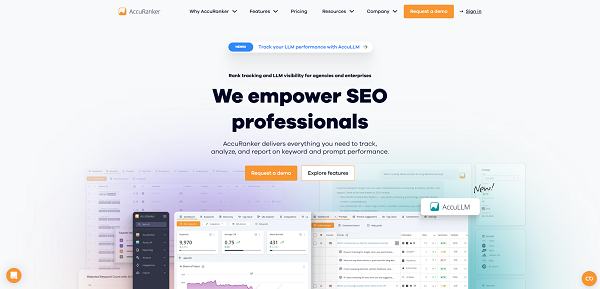 Speed and reliable data for large sets.
Speed and reliable data for large sets.
Best if: Real-time troubleshooting needed. Watchouts: Higher cost.
Pros: High accuracy; clean reports. Cons: Min 2,000 keywords.
User Concern: Scales massive sets.
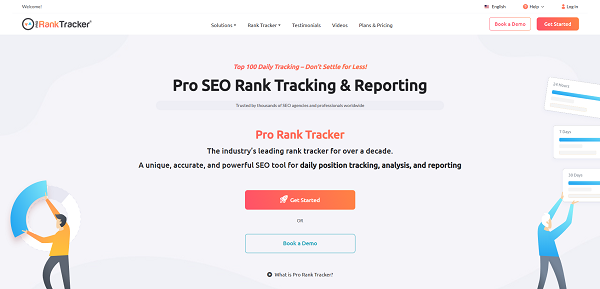 Competitive pricing for many keywords.
Competitive pricing for many keywords.
Best if: Multi-engine (Google, Bing, Amazon). Watchouts: UI not enterprise-grade.
Pros: Affordable; strong alerts. Cons: Basic plan limits.
User Concern: Entry without sacrifices. Ideal for e-commerce tracking product ranks.
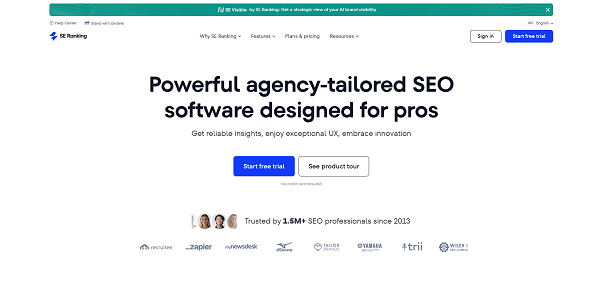 Affordable suite with white-labeling.
Affordable suite with white-labeling.
Best if: Audits + research included. Watchouts: Overkill for pure tracking.
Pros: Clean UI; forecasts. Cons: Mobile app limits.
User Concern: Team collaboration.
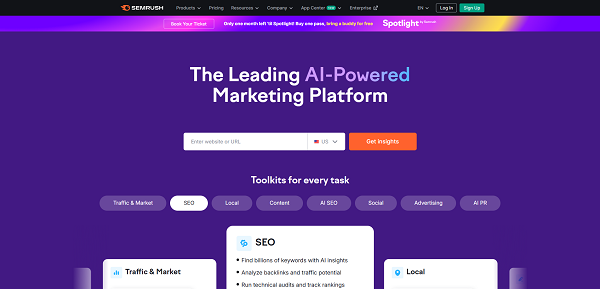 Integrates with ecosystem.
Integrates with ecosystem.
Best if: Keyword research + audits. Watchouts: Costly if not using full suite.
Pros: AI tools; reports. Cons: Steep curve.
User Concern: PPC integration (from Reddit).
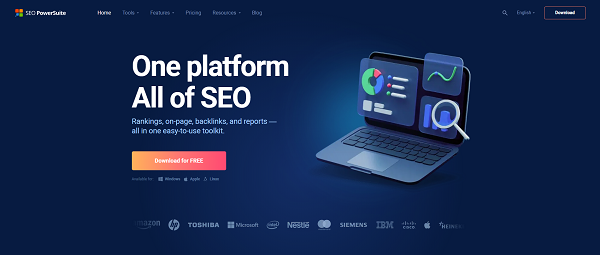 Unlimited keywords in free version; offline capable.
Unlimited keywords in free version; offline capable.
Best if: No budget, basic needs. Watchouts: Manual updates; ads in free.
Pros: Free; desktop app. Cons: No cloud sync.
User Concern: Escapes subscriptions (Reddit self-hosted vibe).
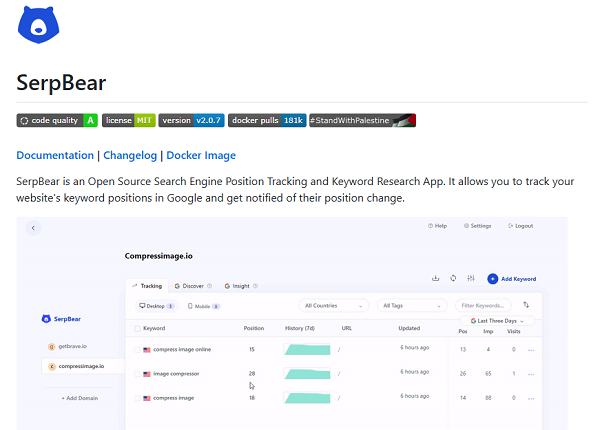 True control and unlimited keywords if you can host and maintain it.
True control and unlimited keywords if you can host and maintain it.
Best if: You have engineering resources and want privacy / cost control. Watchouts: Requires server setup, handles captchas.
Pros: Completely free; simple for basics. Cons: Limited to SERP only; requires setup.
User Concern: Escapes “subscription traps”.
Tip: If you self-host a tracker like SerpBear, you’ll likely need a proxy pool to avoid IP rate limits and CAPTCHA issues when performing high-volume, geo-targeted checks. Using rotating residential/datacenter proxies with geo-targeting lets you reliably emulate city-level queries without being blocked.
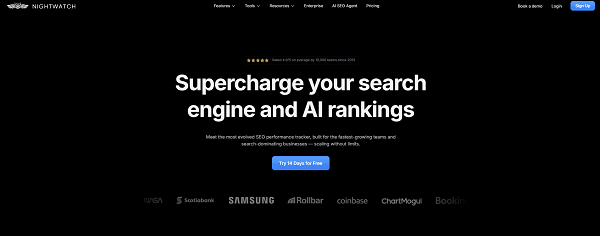 Strong local data.
Strong local data.
Best if: International campaigns (e.g., Spanish in LATAM). Watchouts: Learning curve.
Pros: Accurate locals; affordable. Cons: Competitor limits.
User Concern: Regional inaccuracies fix.
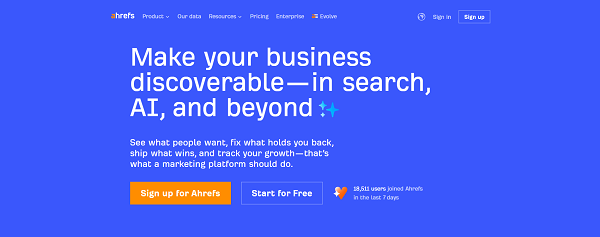 Excellent analytics.
Excellent analytics.
Best if: Backlinks + discovery. Watchouts: Weaker reporting.
Pros: Finds opportunities. Cons: Pricey.
User Concern: Reduces manual research
Use this prescriptive test to compare trackers fairly. Copy the following CSV to prepare your trial list, then import identical CSVs into each tool you test.
1. Prepare CSV (30 keywords)
Columns: keyword, url, intent, priority, city). Sample rows:
keyword,url,intent,priority,city
best serp tracker,https://yourdomain.com/serp-tracker,commercial,high,
local coffee shop kl,https://yourdomain.com/coffee-kl,local,high,Kuala Lumpur
seo audit checklist,https://yourdomain.com/seo-audit,informational,medium,
buy ergonomic chair,https://yourdomain.com/ergonomic-chair,commercial,low,
python run file terminal,https://yourdomain.com/python-terminal,informational,low,
(…continue to 30)
2. Import CSV into Tool A (set identical location/device). Connect GSC if available.
3. Import CSV into Tool B (same settings).
4. Let both run daily updates. Export CSVs on Day 5.
5. Run on-demand check (if offered) and record latency.
6. Compare exports: flag keywords with >3 position variance. Investigate differences (SERP features, localization, sampling).
7. Test API export and scheduled PDF report.
8. Correlate rank changes with GSC clicks/impressions and GA4 conversions.
9. Decide based on accuracy alignment with GSC, reporting quality, cost vs expected workload savings.
Decision criteria: accuracy aligning with GSC, timely alerts, export/API ease, and total monthly cost vs time saved.
Smoothing: use a 7-day moving average to avoid daily volatility.
Correlate: only act when rank drops align with lower impressions or clicks in GSC/GA4.
SERP features: a featured snippet or map pack can push your organic position down but increase overall visibility — interpret in context.
Business signal first: prioritize keywords that drive conversions or high-value traffic.
KPI example (simple revenue estimate):
Estimated monthly revenue = Impressions × CTR(position) × Conversion rate × AOV
Use your historical CTR by position (or industry curves) as a baseline.
Tagging & grouping: roll up by funnel stage or landing page to show impact.
Automate dashboards: export to Looker Studio/Data Studio via CSV/API for client reports.
On-demand checks: use them during suspected penalties or indexation issues.
CMS logs correlation: sync page change logs to see if content edits drove rank shifts.
Obsessing over daily moves: use weekly/monthly trends.
Measuring only position: always include traffic and conversions.
Comparing apples to oranges: standardize location/device across tools in trials.
Assuming prices are static: mark vendor data with the date and recheck before buying.
Q: How often should I check rankings?
A: Daily checks with alerts for tactical reaction; weekly/monthly trends for strategy.
Q: Can trackers detect SERP feature changes?
A: Yes — modern trackers flag featured snippets, PAA, local packs, and other features.
Q: Is a free tracker reliable?
A: For basics, yes (SEO PowerSuite’s Rank Tracker is a robust free entry), but validate accuracy and automation limits.
Q: Should I self-host?
A: Self-hosting (e.g., SerpBear) can be excellent for privacy and unlimited tracking, but it requires dev resources and infrastructure/proxy management.
The best SERP tracker is the one that fits your workflow, budget, and reporting needs. For accuracy and speed at scale, AccuRanker is widely used; for value and multi-engine support, Pro Rank Tracker often delivers; SE Ranking is a strong agency platform with white-labeling; Semrush suits teams wanting an integrated SEO stack; SEO PowerSuite gives a robust freemium desktop option; and SerpBear is a capable self-hosted alternative. Run trials, validate with GSC/GA4, and prioritize tools that save you time and help you tie rank signals back to real business outcomes.
< Previous
Next >
 Cancel anytime
Cancel anytime No credit card required
No credit card required